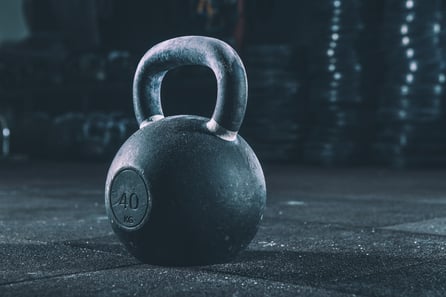 The Russian kettlebell is unique among exercise tools. It is an offset-handle weight that travels easily between the legs in a pendulum movement that can be easily seen in the kettlebell swing (two-hand and one-hand swings). If done correctly, the hips hinge straight backward as if you were trying to push a swinging door open while holding a tray. If you squat, even a little bit, there is little rearward movement and the door doesn’t open. Hip power is lost.
The Russian kettlebell is unique among exercise tools. It is an offset-handle weight that travels easily between the legs in a pendulum movement that can be easily seen in the kettlebell swing (two-hand and one-hand swings). If done correctly, the hips hinge straight backward as if you were trying to push a swinging door open while holding a tray. If you squat, even a little bit, there is little rearward movement and the door doesn’t open. Hip power is lost.
The Swing
When I teach future kettlebell instructors, I spend 2 and a half hours on teaching the swing. It is that complicated, and as you will see, that important. Hopefully, a future instructor can take that information and skills and teach a client how to do a reasonable swing in 10 to 20 minutes, reasonable enough to get through a workout. Regardless of how long someone has been lifting kettlebells, their swing skills can always be improved.
That hip hinge swing movement is used for kettlebell cleans and for the glamour lift, the kettlebell snatch. Without proper swing skills, it is impossible to progress very far into the art of kettlebell lifting and to truly get the unique rewards of kettlebell lifting.
Weight Exercises
Kettlebells are a weight and can be used for typical weight exercises—sometimes successfully, sometimes passable, and many times just plain head-shaking stupid. What most people miss is what the Russians discovered a long time ago. In one-on-one athletics, the first athlete to fatigue is likely to lose. In military hand-to-hand combat, the first soldier to fatigue is likely to die. The repeatable hip hinge–based movements (swings, cleans, snatches, clean and press, clean and push press, and clean and jerks) are tremendously effective in building strength/endurance, and work capacity. The variables are time of lifting, reps per minute, and of course the amount of weight used.
Tasha Nichols, a group fitness instructor here at NIFS, won her 58Kg weight class in Dublin, Ireland 2015, doing the one-arm snatch for 10:00 (hand switch at the 5:00 mark) with a 16kg KB with a total of 203 repetitions. The time was 10:00, averaging just over 20 reps per minute, and the weight was 16kg (35.3 pounds). That is work capacity!
Work Capacity Kettlebell Workout
Here is a little workout to give you an idea what work capacity training feels like.
Maxwell Circuit
- Swings: 15
- Goblet Squats: 5
- Push-up: 5
- One-arm row: 5/5
That is 1 round and the workout is a minimum of 8 rounds and a maximum of 15. Rest long enough to complete the next round but no longer. Swings can be done with a dumbbell if a kettlebell is not available. Be careful when holding a dumbbell by the bell end. It can slip.
Block off the space you’re using to swing anything. Children and pets can walk in when they are least expected
Goblet Squat is done with the weight held at chest level. If this bothers your shoulders, hold the weight at arm’s length between your legs but be sure to actually squat. Do not allow it to become a sloppy deadlift.
Kettlebell Training
Training with kettlebells properly, anyone can seriously improve their strength and endurance. Like most activities, you must put in the time to practice and get better to see real results. Interested in learning more about kettlebell lifting and how you can increase your work capacity? Contact Rick Huse for more information.
Enjoy the pain!
This blog was written by Rick Huse, CSCS, NIFS Health Fitness Specialist. To find out more about the NIFS bloggers, click here.


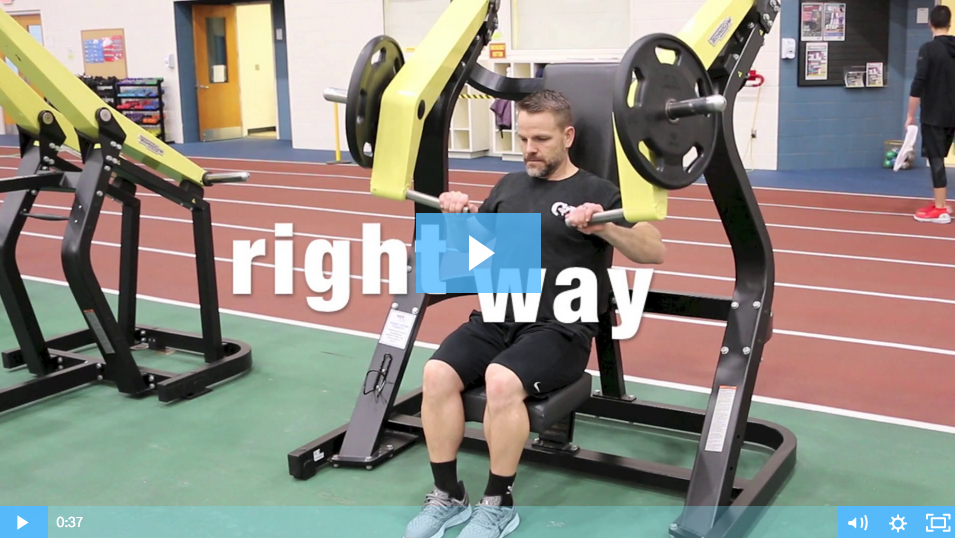
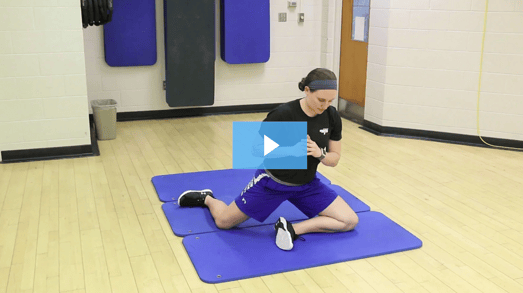
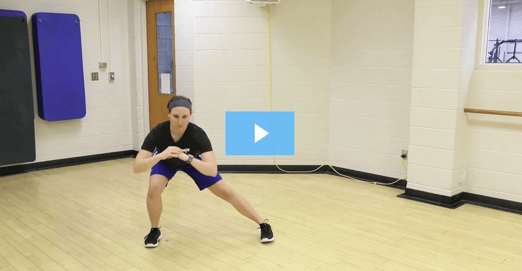
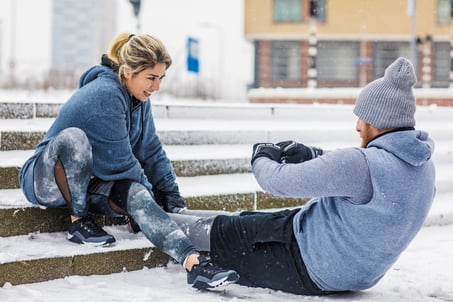 There is no debate that it’s easier to make healthier choices and lose weight in the spring and summer months. The sun is shining and warm, the days are longer, and you feel motivated to get outdoors and be active. But when the cold, harsh months of winter come around, all motivation goes out the window. Let’s take a look at ways to keep your motivation high and get over those hurdles of temptation.
There is no debate that it’s easier to make healthier choices and lose weight in the spring and summer months. The sun is shining and warm, the days are longer, and you feel motivated to get outdoors and be active. But when the cold, harsh months of winter come around, all motivation goes out the window. Let’s take a look at ways to keep your motivation high and get over those hurdles of temptation.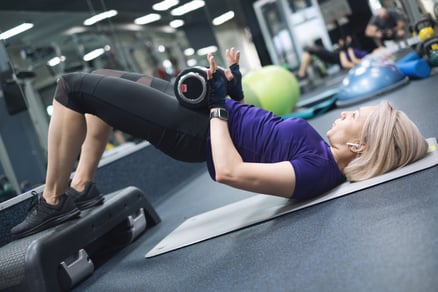 Squatting has always been the go-to exercise for those who want to make glute gains. You have probably heard someone say, “If you want to get better glutes, squatting is the way to go.” Recently, though, hip thrusters have gained momentum as the best exercise for glute development. Although, there is no concrete evidence that one is better than the other, some
Squatting has always been the go-to exercise for those who want to make glute gains. You have probably heard someone say, “If you want to get better glutes, squatting is the way to go.” Recently, though, hip thrusters have gained momentum as the best exercise for glute development. Although, there is no concrete evidence that one is better than the other, some 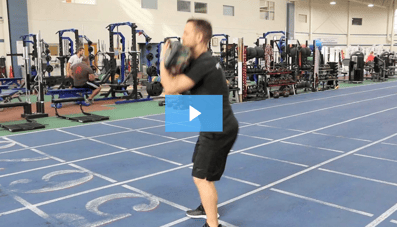
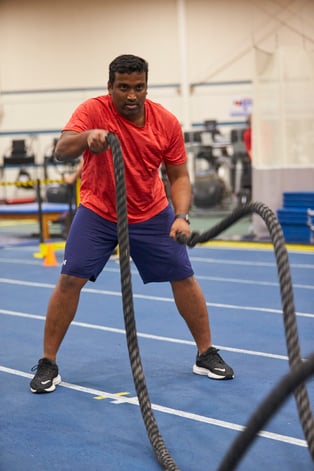 When you begin your fitness quest and are getting started on a new program, finding exercises that are appropriate for you is key to your success. Your fitness staff at NIFS has your back! Training methods and training tools developed from years of research and practice have shown that sometimes a simple exercise done well can be quite effective.
When you begin your fitness quest and are getting started on a new program, finding exercises that are appropriate for you is key to your success. Your fitness staff at NIFS has your back! Training methods and training tools developed from years of research and practice have shown that sometimes a simple exercise done well can be quite effective.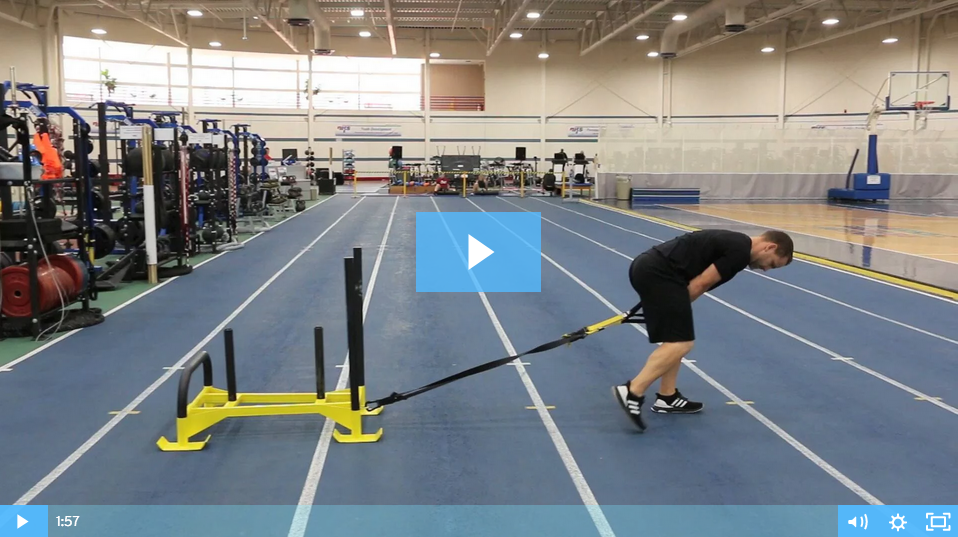
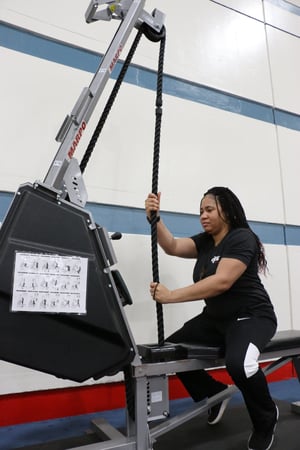 Ergometers have been a mainstay in the fitness world for a long time. You might not realize it, but many of the cardio pieces in your fitness center that you use regularly are ergometers. The arm ergometer comes from two Greek words: ergo, which means work, and metro or meter, which means measurement. In essence, any cardio equipment you have been using that has the capability to measure your workload can be considered an ergometer.
Ergometers have been a mainstay in the fitness world for a long time. You might not realize it, but many of the cardio pieces in your fitness center that you use regularly are ergometers. The arm ergometer comes from two Greek words: ergo, which means work, and metro or meter, which means measurement. In essence, any cardio equipment you have been using that has the capability to measure your workload can be considered an ergometer.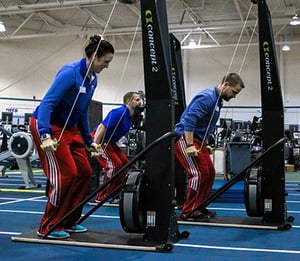 Another piece of UBE equipment you can find is the
Another piece of UBE equipment you can find is the 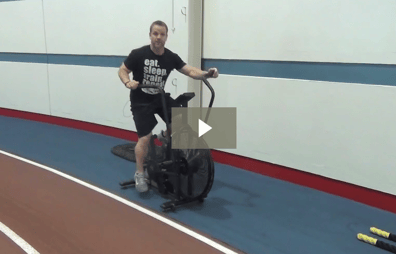
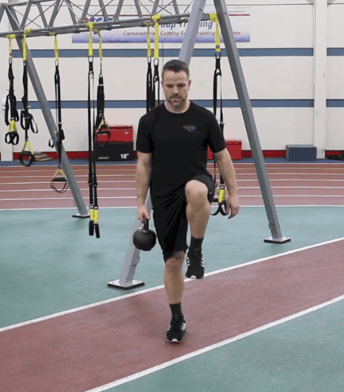 Humans have the ability to become and remain stable throughout any movement, from walking, to lunges, to power cleans. Increased stability typically correlates with increased performance.
Humans have the ability to become and remain stable throughout any movement, from walking, to lunges, to power cleans. Increased stability typically correlates with increased performance.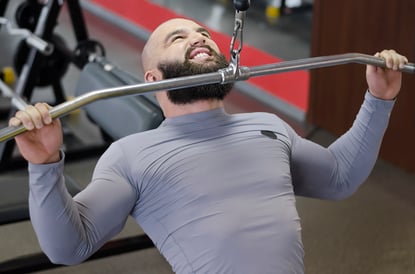 Have you ever tried working out in a time crunch or just wanted to get more exercise in a shorter period of time? Maybe you would like to speed through, but would rather have a plan of action to make your path a little easier. You are in luck because there is a fitness concept that does all of this while making sure you get a great workout. The idea is called supersetting, but it’s not as simple as you might think. To develop a great superset workout, you need to understand how a few concepts really work.
Have you ever tried working out in a time crunch or just wanted to get more exercise in a shorter period of time? Maybe you would like to speed through, but would rather have a plan of action to make your path a little easier. You are in luck because there is a fitness concept that does all of this while making sure you get a great workout. The idea is called supersetting, but it’s not as simple as you might think. To develop a great superset workout, you need to understand how a few concepts really work.